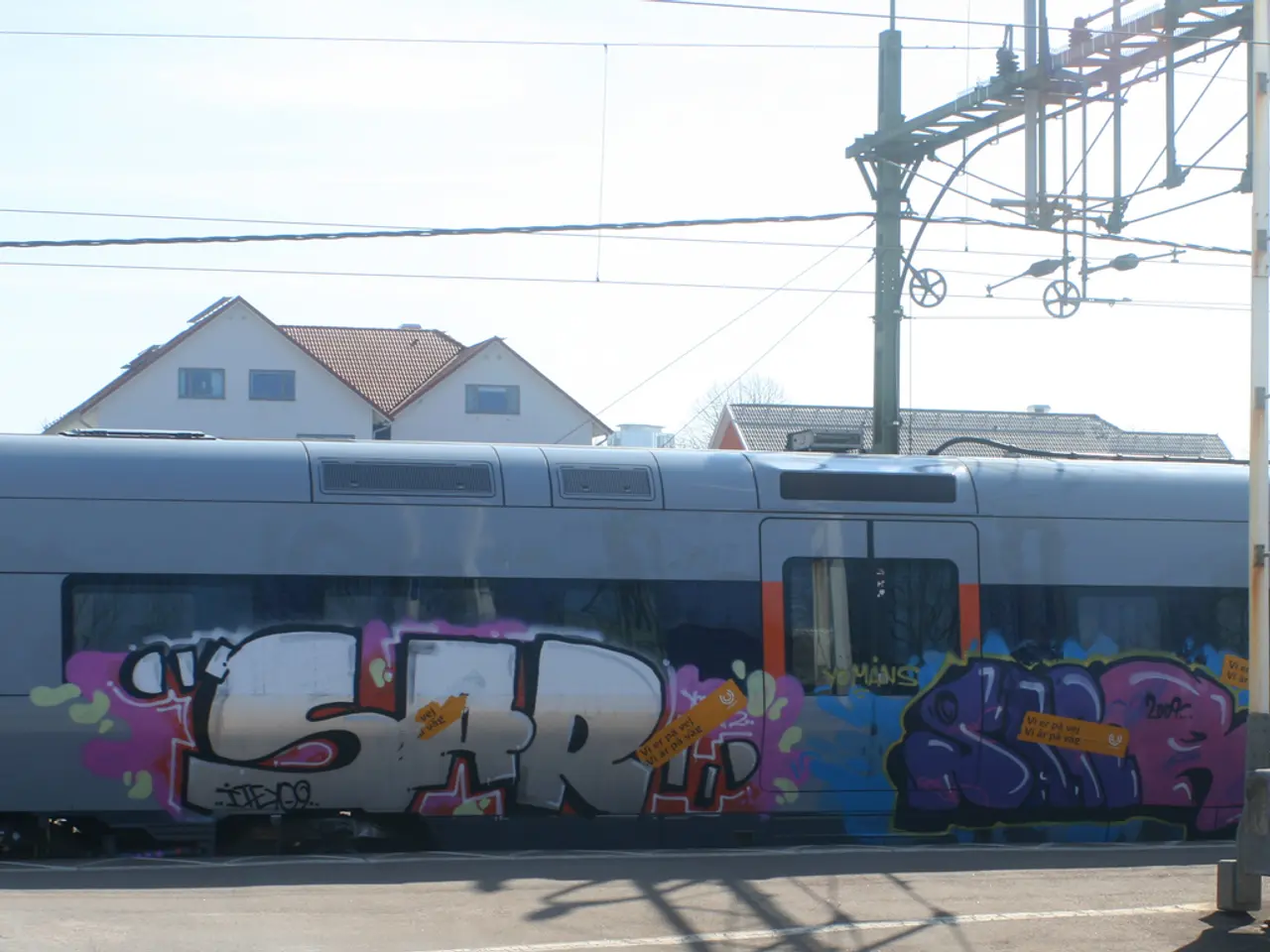Frontline workers of TransLink sporting "Hello" pins to enhance accessibility and promote inclusivity.
In the vibrant city of Vancouver, TransLink is making strides to create a more inclusive and welcoming transit environment. The public transportation system is improving language accessibility for its customers through a variety of initiatives, with a primary focus on the "hello" pin program.
Over 150 frontline transit workers across the TransLink system are wearing pins that display "hello" in more than 40 different languages. This initiative allows customers to identify which languages staff speak beyond English, enabling riders to ask for help in their preferred language. The program, which is part of a larger effort by TransLink to improve multilingual resources, is designed to assist non-English speaking customers and improve the overall transit experience.
TransLink's language accessibility features extend beyond the "hello" pins. Customer information and Access Transit customer care are available in more than 300 languages via phone support. Travel training videos on YouTube are offered in multiple languages, including English, Cantonese, French, Mandarin, Punjabi, Ukrainian, and English Described Video.
Educational sessions for seniors, newcomers, and people with disabilities are also available in over 11 languages, with further languages accessible upon request through community organizations. For visually impaired customers, TransLink has incorporated technology like the NaviLens app, which provides real-time audio navigation cues in 34 languages at certain bus stops.
These initiatives aim to address the diverse linguistic needs of Metro Vancouver’s population. According to the 2021 Statistics Canada census, more than 27 percent of metro Vancouver families speak a language other than English or French at home, spanning approximately 170 different languages in the region.
TransLink CEO Kevin Quinn stated that the pins help create a more welcoming environment for all customers. The pins are not the only resource offered by TransLink to assist non-English speaking customers. The initiative is intended to improve the transit experience for all customers who ride the system, fostering a sense of inclusivity and belonging.
In summary, TransLink enhances language accessibility through multilingual frontline staff identification, extensive multilingual customer support services, accessible digital tools, and targeted language-specific education programs. These efforts are crucial in creating a transit system that caters to the diverse needs of its community.
Videos showcasing travel information are offered in multiple languages, such as English, Cantonese, French, Mandarin, Punjabi, Ukrainian, and English Described Video, on TransLink's YouTube channel.
At certain bus stops, technology like the NaviLens app offers real-time audio navigation cues in 34 languages for visually impaired customers.
TransLink provides educational sessions for seniors, newcomers, and people with disabilities in over 11 languages, with further languages accessible upon request through community organizations, promoting sustainable living and a home-and-garden lifestyle by offering resources catering to diverse linguistic needs of Metro Vancouver’s population.




